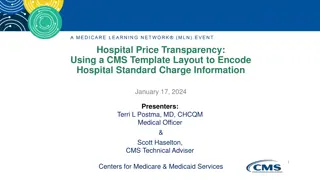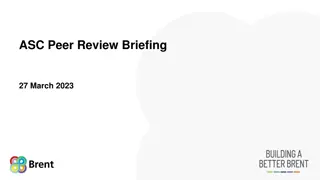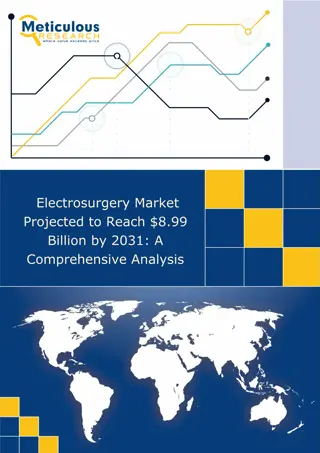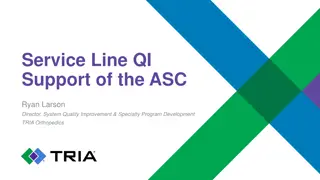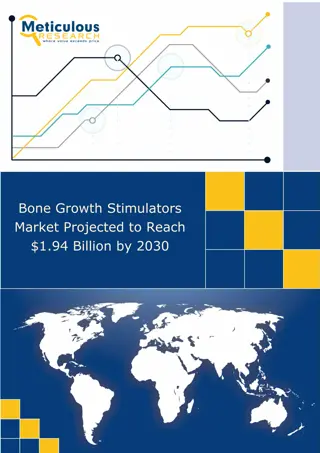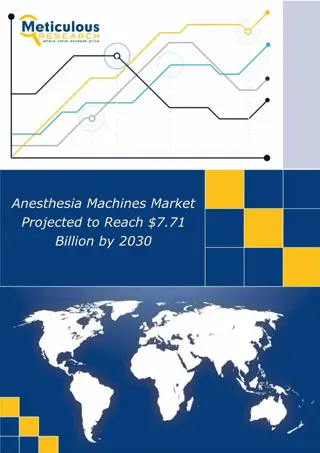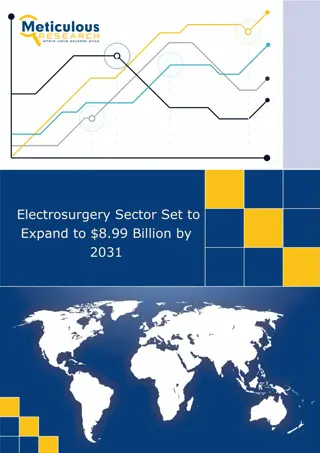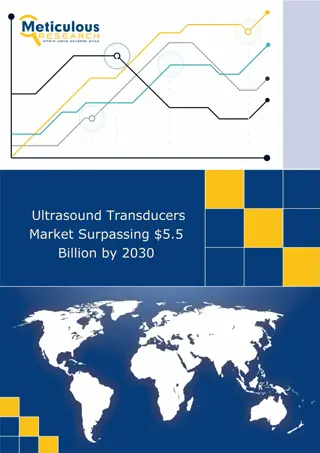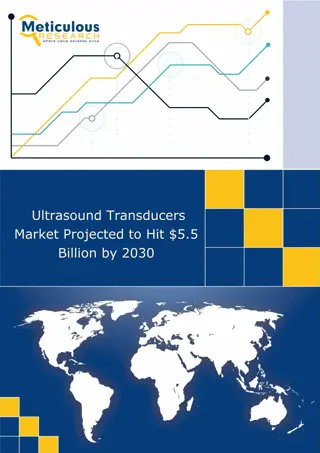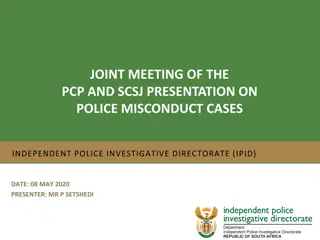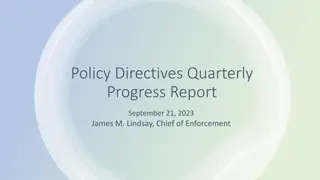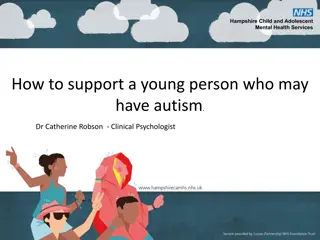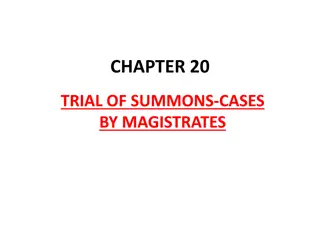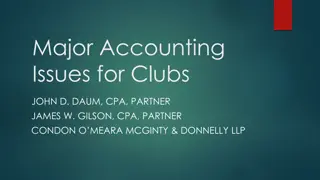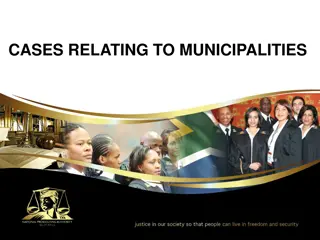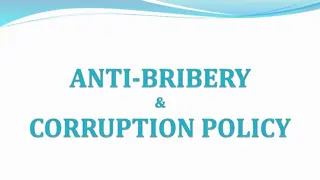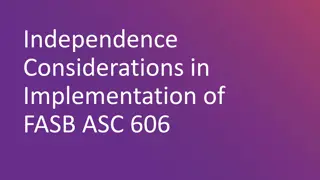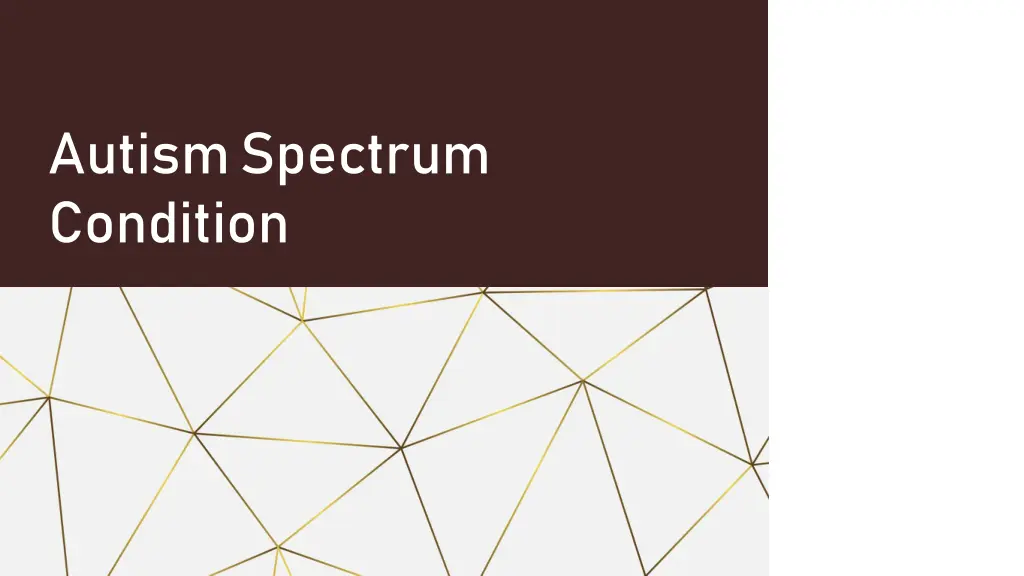
Understanding Autism Spectrum Condition
This module explores Autism Spectrum Condition (ASC), describing its range of symptoms, the diagnostic process, evidence-based management methods, and the impact of stigmatization on patient experience. The content includes a scenario of a 4-year-old child exhibiting potential ASC behaviors and outlines questions a GP might ask to understand the child's development better.
Download Presentation

Please find below an Image/Link to download the presentation.
The content on the website is provided AS IS for your information and personal use only. It may not be sold, licensed, or shared on other websites without obtaining consent from the author. If you encounter any issues during the download, it is possible that the publisher has removed the file from their server.
You are allowed to download the files provided on this website for personal or commercial use, subject to the condition that they are used lawfully. All files are the property of their respective owners.
The content on the website is provided AS IS for your information and personal use only. It may not be sold, licensed, or shared on other websites without obtaining consent from the author.
E N D
Presentation Transcript
Autism Spectrum Condition
Learning Objectives This module aims to: Describe the range of symptoms that children with Autism Spectrum Condition (ASC, previously known as Autism Spectrum Disorder) may present with. Explain the process of diagnosing ASC. Explore evidence-based methods of ASC management. Describe how stigmatization of ASC may affect patient experience.
Background Autism Spectrum Condition is an umbrella term which includes the wide range of individuals whose thought processes work in a different way from those considered neurotypical . It is something that the individual is born with and should not be considered an illness or disability. Differences may be seen in social interaction, communication, emotional processing and the ability to approach situations with flexibility. It is considered a spectrum due to the wide variation of presentations and amount of support required.
Scenario 1 4-year-old James attends a GP appointment with his mother She is concerned about his development James can understand spoken word and follow basic instructions but does not verbally communicate, instead he points and uses noises to communicate his needs He does not make eye contact, nor does he enjoy physical contact with his mother He becomes easily upset if his normal routine is broken, which can affect his mood for the rest of the day He will only eat from a specific plate/drink from a specific cup
What questions might the GP ask to understand James's development better?
History of presenting complaint has James always been this way or has his behaviour recently changed in any way? Does anything seem to make his engagement better or worse? How was James birth? The pregnancy? How has he been meeting other developmental milestones? E.g. sitting, standing, walking How does James interact with other children? How does he behave at nursery/playgroup? Who lives with James? Siblings? How is his relationship with them? Does he appear to be happy at home? Does he appear to be happy at nursery/playgroup? What is his preferred type of play? Past medical history/drug history Ideas, concerns and expectations
Scenario 1 Continued James is an only child His delivery was premature at 32 weeks, requiring a short stay in the neonatal unit, but he was otherwise healthy No obvious change in behaviour When playing, James will line his toys up in size order, rather than playing with them in the traditional way James nursery teacher has expressed concerns as he avoids interaction with the other children, and only interacts with staff when he needs something James spends the appointment sitting down and rocking back and forth, seemingly content, he does not make eye contact with the GP and cannot be easily engaged
True or False Which of the following risk factors are associated with increased prevalence of autism? A sibling with autism Permissive parenting style Cerebral palsy Premature birth <35 weeks Attention deficit hyperactivity disorder Childhood vaccinations Chromosomal disorders (e.g. Down s Syndrome) Tuberous sclerosis Advanced parental age at conception Diet high in saturated fats and sugars
A sibling with autism - true true Permissive parenting style false (autism is a neurodevelopmental condition, it is not caused false (autism is a neurodevelopmental condition, it is not caused by parenting) by parenting) Cerebral palsy - true true Premature birth <35 weeks - true true Attention deficit hyperactivity disorder - true true Childhood vaccinations false (there are no known links between vaccinations and autism) false (there are no known links between vaccinations and autism) Chromosomal disorders (e.g. Down s Syndrome) - true true Tuberous sclerosis - true true Advanced parental age at conception - true true Diet high in saturated fats and sugars - false (autism is a neurodevelopmental condition, it is false (autism is a neurodevelopmental condition, it is not caused by diet) not caused by diet)
ICD-11 Diagnostic Criteria ICD-11: Autism Spectrum Disorder; 2022
ICD-11 Diagnostic Criteria Continued ICD-11: Autism Spectrum Disorder; 2022
Scenario 2 13-year-old Jenna presents to her GP with low mood Jenna s mother speaks for her as Jenna does not wish to speak for herself Jenna has very few friends at school and struggles to interact with her peers Recently she has been the victim of bullying due to her avid interest in a popular tv show that is considered to be aimed at much younger children Jenna s mum feels Jenna is too shy and that she should try harder to make friends
What questions might the GP ask to understand Jenna s circumstances better?
History of presenting complaint has Jenna always struggled with friendships? Have there been any specific events that have precipitated this episode of perceived low mood? Does anything seem to make her mood better or worse? How was Jenna s childhood development? How does Jenna perform in school? Does she like school? Does Jenna appear to be happy at home? Past medical history/drug history Ideas, concerns and expectations The GP may also wish to carry out a mental state examination The GP should also try to engage Jenna to explore her perspective
Scenario 2 Continued Jenna was slightly delayed in speech but began speaking in full sentences by the age of 4 She began to walk at her expected age, but would walk exclusively on her toes for the first few years Her schooling has been uncomplicated from an educational standpoint Socially, her teachers remark that she is quiet in class and sits alone at lunch and break times Jenna s mother also mentions that Jenna has a history of refusing to wear clothes that are too restricting or made of certain materials that she finds severely uncomfortable Questions directed at Jenna are answered only with nods or shakes of the head Jenna makes no eye contact throughout this consultation and taps her fingers together in a repetitive manner, but does not appear uncomfortable
True or False Autism is commonly misdiagnosed in girls as depression/anxiety Autistic children may grow out of their condition Autistic children have a lower-than-average IQ Some autistic individuals may mask their symptoms by copying what they have seen others do Symptoms of autism may be similar to those of a variety of other conditions Symptoms of autism can vary widely from individual to individual Autism must be diagnosed in childhood We should always use person-first language when describing a person with autism rather than saying autistic person Children suspected of having autism should be referred to secondary care for an autism assessment
Autism is commonly misdiagnosed in girls as depression/anxiety true diagnoses) diagnoses) true (this can lead to delayed (this can lead to delayed Autistic children may grow out of their condition - false false Autistic children have a lower-than-average IQ false false Some autistic individuals may mask their symptoms by copying what they have seen others do true (this can lead to delayed diagnoses) (this can lead to delayed diagnoses) true Symptoms of autism may be similar to those of a variety of other conditions true obsessive obsessive- -compulsive disorder, learning disorders, ADHD, etc., this can lead to delayed compulsive disorder, learning disorders, ADHD, etc., this can lead to delayed diagnoses) diagnoses) true (e.g. anxiety, (e.g. anxiety, Symptoms of autism can vary widely from individual to individual - true true Autism must be diagnosed in childhood false (symptoms must have been present during false (symptoms must have been present during childhood, but autism can be diagnosed at any age) childhood, but autism can be diagnosed at any age) We should always use person-first language when describing a person with autism rather than saying autistic person false false (this depends on individual preference; however, most autistic (this depends on individual preference; however, most autistic individuals prefer identity individuals prefer identity- -first language. Always respect the individual s preference if stated) first language. Always respect the individual s preference if stated) Children suspected of having autism should be referred to secondary care for an autism assessment true true
What can be done to provide James, Jenna, and other autistic children with appropriate support?
Ensure access to mental health services Care provided by local specialist community-based MDTs where possible (known as local autism teams ) Assign autistic children to a key worker to coordinate their care Support shared decision making Where required provide children with visual supports (e.g. in Scenario 1, James may benefit from having pictures to show his needs and facilitate communication) Play-based social-communication intervention adjusted to the child s age and developmental level, aiming to expand the child s communication and interaction with play (this may be with parents or with other children) Manage co-existing mental health conditions Develop a plan alongside the family outlining the steps to address factors which may result in challenging behaviour, for example, ensuring a routine is maintained Start to plan for transition to adult services if required around age 14, and aim to complete the transition by 18 NICE: Autism Spectrum Disorder in Under 19s; 2017
Management It is important to ensure the child understands that having autism does not mean there is something wrong with them. Specialist clinicians work with autistic children to address any anxiety about their diagnosis and their differences, providing them with coping strategies for anxiety and sensory overload. Autistic children and their families should also be offered 1:1 support from social work and/or a specialist service such as Autism and Neurodiversity Scotland. Aim to improve basic functionality, help the child identify, build and maintain healthy relationships, and support the child in education or preparation for work.
Additional Points to Remember There can be a lot of stigma around autism, which can lead to individuals masking their autistic traits, causing late or missed diagnoses, as well as stress and burnout for the child. There may be inequalities in healthcare for autistic children, this can hopefully be mitigated by improving education on autism in healthcare professionals. Recently, there has been a move towards considering autism as a condition rather than a disorder with the aim of reducing stigmatisation and barriers to healthcare. It may be more difficult for female children, or male children who present atypically, to receive a diagnosis of autism due to preconceptions of how an autistic child presents.
References and Resources Autism What is autism? (2022) NHS. Available at: https://www.nhs.uk/conditions/autism/what-is-autism/ (Accessed: February 16, 2023). Autism Signs of Autism in Children (2022) NHS. Available at: https://www.nhs.uk/conditions/autism/signs/children/ (Accessed: February 16, 2023). Autism How to Get Diagnosed (2022) NHS. Available at: https://www.nhs.uk/conditions/autism/getting-diagnosed/how-to-get- diagnosed/ (Accessed: February 16, 2023). ICD-11 Autism Spectrum Disorder (2022) World Health Organization. World Health Organization. Available at: https://icd.who.int/en (Accessed: February 16, 2023). Recommendations: Autism spectrum disorder in under 19s: recognition, referral and diagnosis (2017) NICE. Available at: https://www.nice.org.uk/guidance/cg128 (Accessed: February 16, 2023). Turnock, A., et al. (2022). Understanding stigma in autism: a narrative review and theoretical model, Autism in Adulthood, 4(1). Available at: https://doi.org/10.1089/aut.2021.0005.

